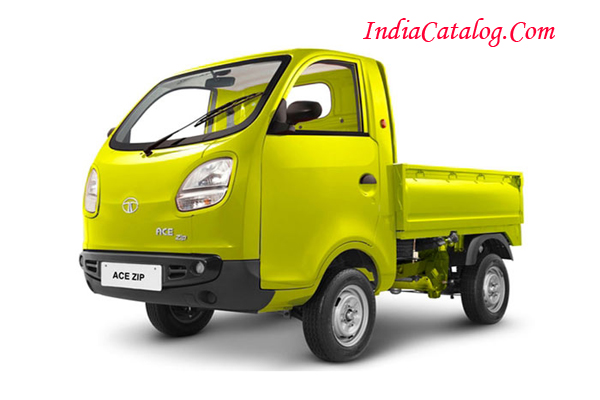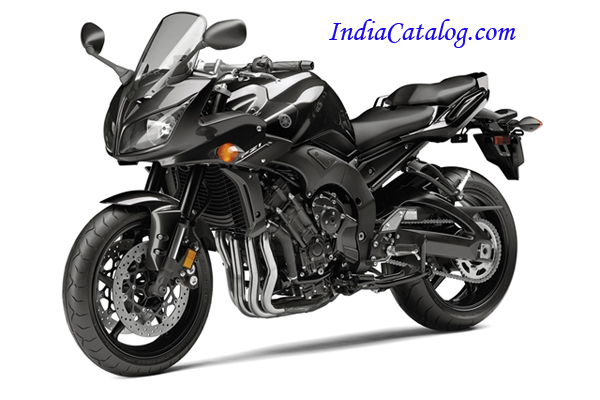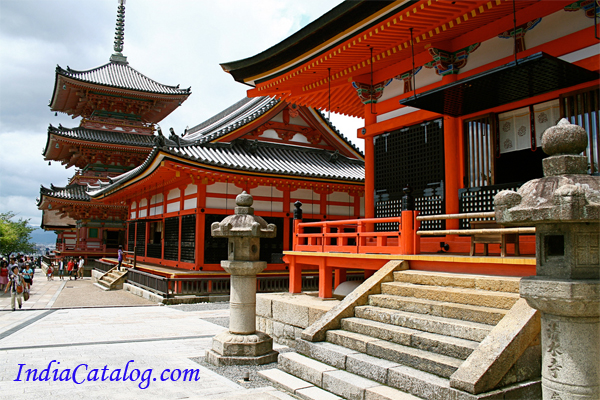One budget, nine elections, 1.3 billion people: India's big year
.jpg)
NEW DELHI: Normally a field of lush green wheat stalks would lift Kishan Singh's spirits. Yet weak prices mean even a good crop this year may not stop debt collectors from kicking him off his land in northern India.
More than 60 people in Dhamaka, a village of about 230 families some 80 kilometers (50 miles) from India's capital New Delhi, have received notices threatening to auction their fields. Singh urgently wants Prime Minister Narendra Modi's government to provide debt relief, better prices for his crops and jobs for his sons when it unveils the annual fiscal budget on February 1.
"I don't know how to escape from this crisis," Singh, 62, said this month while showing the notice to immediately repay 247,296 rupees ($3,886) he owes to the bank. While he previously voted for Modi, he's unsure who will get his vote in the next national poll due early next year.
Time is running out for Modi to shore up the support of rural voters who underpinned his rise to power in 2014, when he won India's biggest mandate in three decades. The budget will be the last opportunity for him to announce significant fiscal measures that could win back villagers like Singh.
"Governments that choose to focus on urban voters and urban issues have rarely met success at the ballot box, and I would expect the budget will mark a shift to issues relevant to farmers," said Richard Rossow, who holds the Wadhwani Chair in US-India Policy Studies at the Washington-based Center for Strategic and International Studies. "There are few political risks to a renewed focus on rural voters."
Rising discontent in rural areas and unrest among farmers is pressuring Modi to spend more on the countryside -- home to about 68 percent of India's 1.3 billion people and a key voting bloc in the world's largest democracy. Modi has promised to increase the living standards of villagers and double farmers' income by 2022.

.webp)
.webp)
.webp)
.webp)
.webp)
.webp)
.webp)
.webp)
.webp)
.webp)













